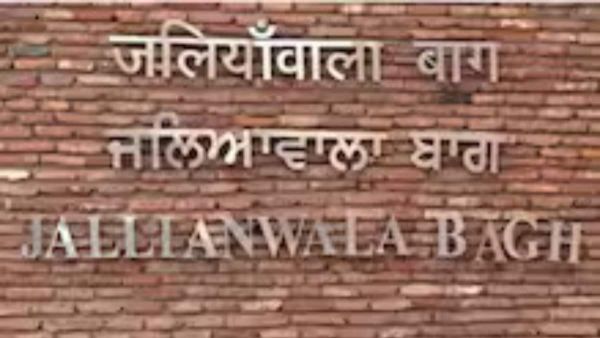
Last Updated:
Jallianwala Bagh Massacre: The memorial stands as a symbol of suffering, courage, and India’s fight for freedom. (File Pic)
Jaalmala Massar's Jassac: April 13, 1919, marks one of the darkest chapters in India’s colonial past. Thousands of Indians gathered on this day at the Jallianwala Bagh in Amritsar to celebrate Baisakhi, a major Sikh festival and to peacefully protest against the draconian Rowlatt Act imposed by the British government. What they didn’t knew was that this peaceful congregation would end in unimaginable bloodshed. Jallianwala Bagh now stands as a memorial and a symbol of suffering, courage, and India’s fight for freedom.
This year, marks 106 years since the dark day. Let’s take a look at the cause, history, significance and how the 1919 massacre was avenged:
In the aftermath of World War I, unrest simmered across India. Hopes for greater self-governance were dashed when the British enacted the Rowlatt Act in 1919, allowing authorities to arrest and detain individuals without trial. The move sparked outrage, leading Mahatma Gandhi to call for satyagraha – a non-violent civil disobedience movement.
On April 6, 1919, a nationwide hartal (strike) paralysed large parts of the country. Mahatma Gandhi was prevented from entering Punjab, and two prominent local leaders of the movement were deported from Amritsar.
Tensions escalated in the days leading up to the massacre and the public backlash was swift and severe.
On April 10, British troops opened fire on protestors trying to cross a railway bridge in Amritsar, killing around 20 people. Later that evening, five Europeans were killed by an angry crowd. In response, Punjab’s Lieutenant Governor Sir Michael O’Dwyer handed control of the city over to the army, led by Brigadier General Reginald Dyer.
Dyer implemented harsh measures like cutting off water and electricity supplies and banning public gatherings. However, whether his orders were properly communicated to the public remains disputed.
Despite the ban, around 20,000 people, many unaware of the restrictions, gathered at Jallianwala Bagh, a walled garden with only a few narrow exits. Dyer arrived with a contingent of 50 soldiers and without issuing any warning, ordered them to open fire on the crowd.
The troops fired 1,650 rounds in ten minutes. People scrambled for cover, but the exits were blocked. Many were trampled, others jumped into a well in a desperate bid to escape.
The massacre left at least 379 dead, according to official figures, though Indian sources estimated the toll to be over 1,000, with more than 1,500 wounded.
The horror didn’t end there. Martial law was imposed and public floggings and humiliations followed in the days ahead.
The Jallianwala Bagh Massacre was a watershed moment in India’s freedom struggle. It shattered the illusion of British benevolence and converted many moderate Indians into staunch nationalists. Rabindranath Tagore renounced his British knighthood in protest, and Gandhi intensified his civil disobedience campaign.
The incident laid bare the cruelty of colonial rule and galvanised a generation of Indians to fight for independence.
Two decades later, on March 13, 1940, a quiet act of vengeance took place in London. Udham Singh, a survivor of the Jallianwala Bagh massacre and a revolutionary freedom fighter, shot and killed Michael O’Dwyer at Caxton Hall. Singh held O’Dwyer responsible for the massacre, as the lieutenant governor who had sanctioned Dyer’s actions.
Udham Singh was arrested on the spot and he claimed responsibility for the act. He adopted the name Ram Mohammad Singh Azad, symbolising communal unity, and remained defiant throughout his trial. He was hanged on July 31, 1940. Udham Singh was later honoured in India as Shaheed-i-Azam (Martyr of the Nation).
His ashes are preserved at Jallianwala Bagh, as a powerful reminder of sacrifice and resistance.
Punjab, India, India